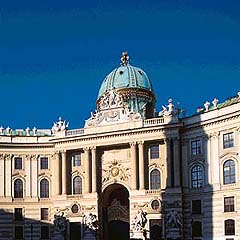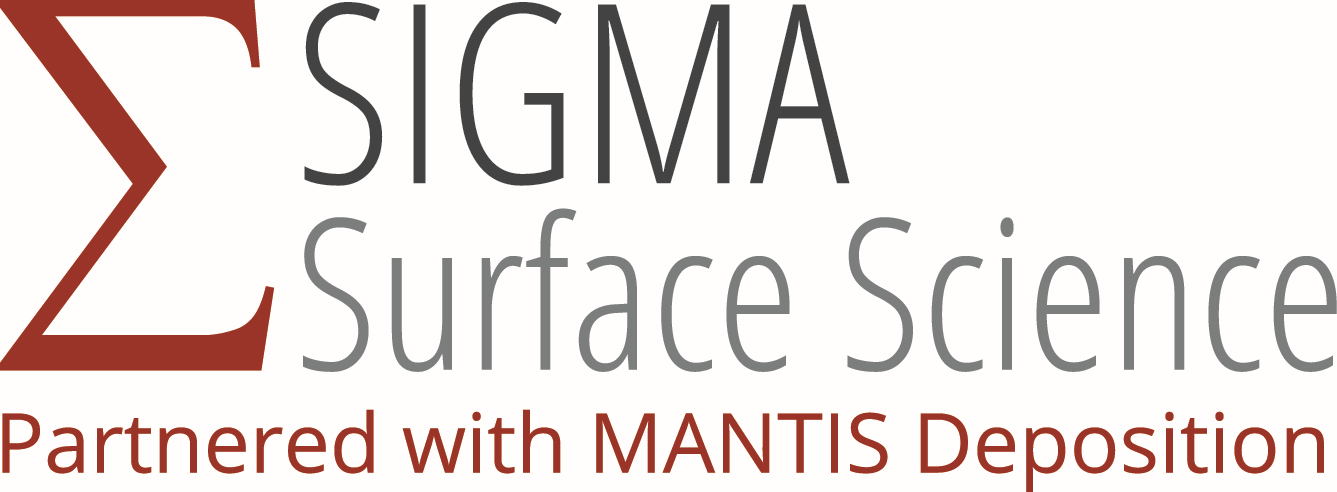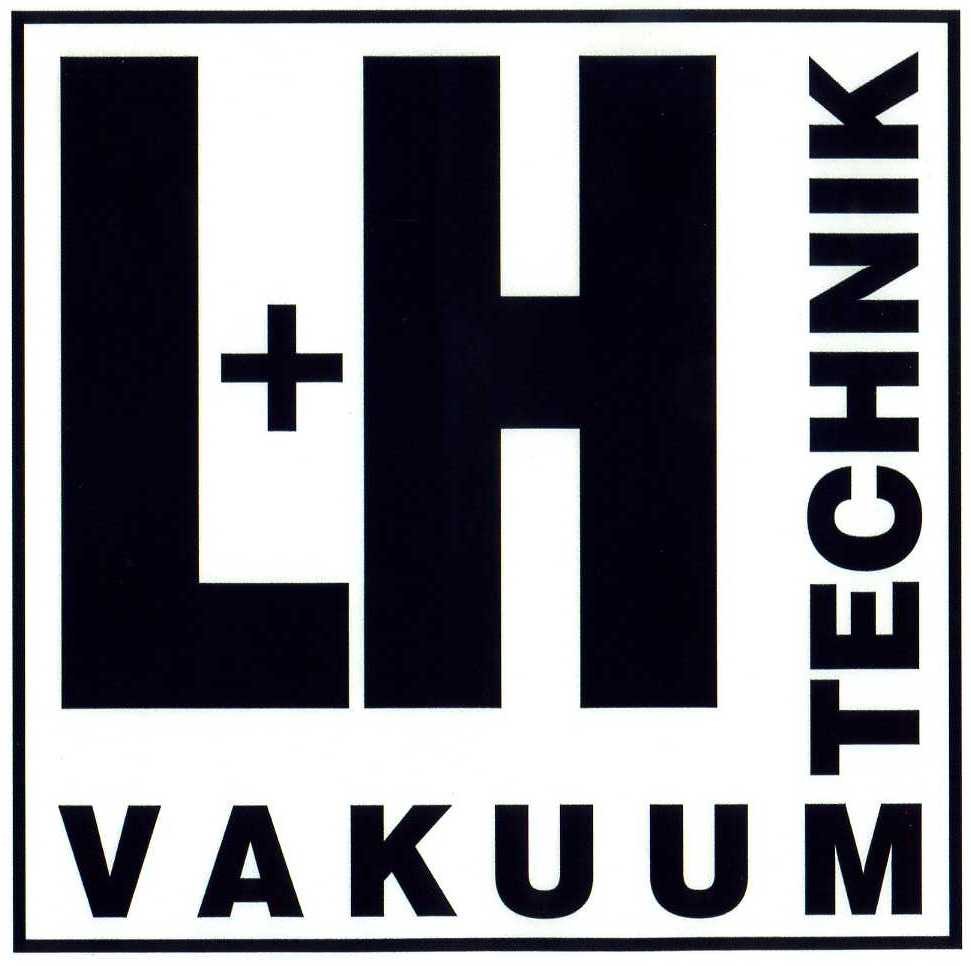
- © Maxum
Schönbrunn Palace
Visit Empress Sisi’s former summer residence. This baroque complex contains an enchanting park, the Palm House, the Gloriette and a zoo. Spend an entire day at Schönbrunn: visit the show rooms with a "Grand Tour with Audio Guide," admire the splendid Bergl Rooms, and stroll through the “Labyrinth.”
Schönbrunn, the former summer residence of the imperial family, is considered one of the most beautiful baroque palaces in Europe. The Habsburgs resided here the better part of the year in numerous rooms for the large imperial family in addition to representational rooms. Emperor Franz Joseph, who later married the enchanting Sisi and reigned from 1848 to 1916, was born here in 1830. The monarch spent his last years entirely in the palace, which became the property of the new Republic of Austria only two years after his death. Today, the palace is part of UNESCO’s cultural heritage due to its historic importance, its unique grounds and its splendid furnishings.
Schönbrunn Palace
13., Schönbrunner Schlossstrasse
U4: Schönbrunn U4, Tram 10, 58, 60: Hietzing

- © Maxum
Imperial Palace - Hofburg
For more than seven centuries, the great empire of the Habsburgs was ruled from the Imperial Palace. Today, the Gothic Imperial Chapel, where the Vienna Boys’ Choir performs during High Mass on Sunday, is a remnant of the Imperial Palace during the Middle Ages.
In the center of the old city, you can admire the splendor and magnificence of the daily life of the noblest family of the Habsburg monarchy when you visit the private apartments and state rooms. Numerous museums and collections represent the imperial family’s passion for art.
The Imperial Palace, which until 1918 was inhabited by the imperial family, was originally a castle built in the thirteenth century, which was extended to a splendid residence in accordance with the increasing power of the Habsburgs and the expansion of their realm.
Today, the Imperial Palace houses the office of the President of Austria as well as an important congress center and numerous art collections.
Imperial Palace - Hofburg
U1, U3: Stephansplatz, U3: Herrengasse, U2, U3: Volkstheater,
Bus 48A: Dr.-Karl-Renner-Ring,
Tram D, 1, 2, Bus 57A: Burgring

- © Wilfried Gredler-Oxenbauer
St. Stephen's Cathedral
St. Stephen's Cathedral, Austria's most eminent Gothic edifice, houses a wealth of art treasures, some of which can only be seen during a guided tour:
The red-marble sepulcher of Emperor Frederick III, sculpted from 1467 to 1513 by Niclas Gerhaert van Leyden; the pulpit, a work from 1514-15 by Anton Pilgram (who put his own relief portrait underneath it as his signature); the Altarpiece of Wiener Neustadt (Wiener Neustädter Altar), a Gothic winged altar from 1447 - and the tomb of Prince Eugene of Savoy, dating from 1754.
Tipp: climb the 343 steps to the tower-keeper's room of St. Stephen's and enjoy a breathtaking view...
Stephansdom
1., Stephansplatz
U1, U3: Stephansplatz
tel. 515 52 - 3526
Mon-Sat 6am-10pm, Sun & pub. hols. 7am-10pm

- © Wien-Tourismus / MAXUM
Spanish Riding School
The Spanish Riding School in Vienna is the only institution in the world where the classic equestrian skills (haute école) has been preserved and is still practiced in its original form. Many years of training fuse horse and rider into an inseparable unit. The audience is treated to an unforgettable experience by the precision of movement of the Lipizzan horses in perfect harmony with the music.
In the course of gala performances, visitors experience unique presentations of the Lipizzans in the most beautiful riding hall in the world, which was impressively outfitted by baroque architect Joseph Emanuel Fischer von Erlach between 1729 and 1735. It was originally built to provide aristocratic youths with the opportunity to take riding instruction.
Morning training with music gives a good impression into the training program of the White Stallions; the guided tours include visits to the stables.
Dates for performances and morning training as well as information on how to obtain tickets at www.srs.at.
Spanish Riding School
1., Michaelerplatz 1
















